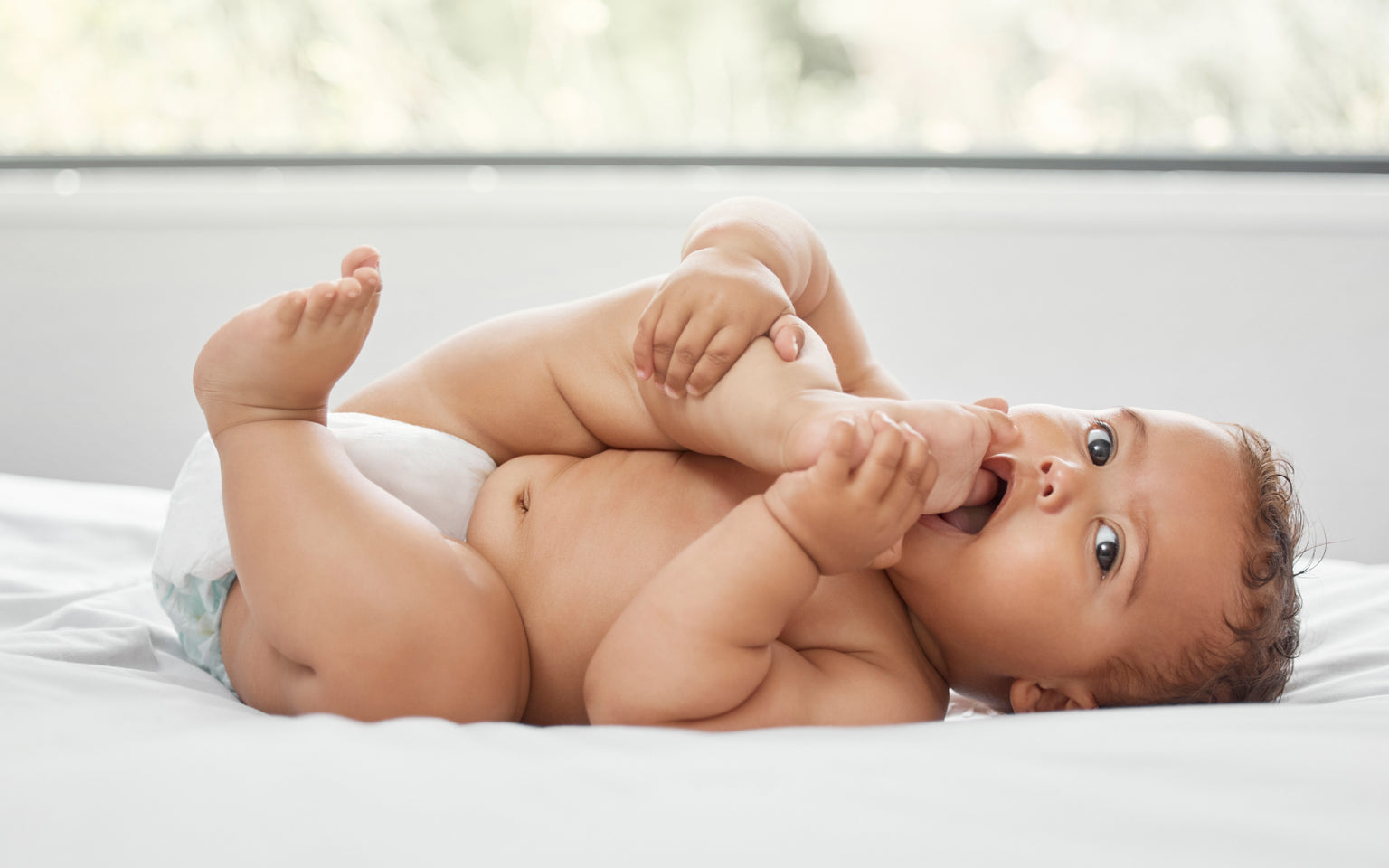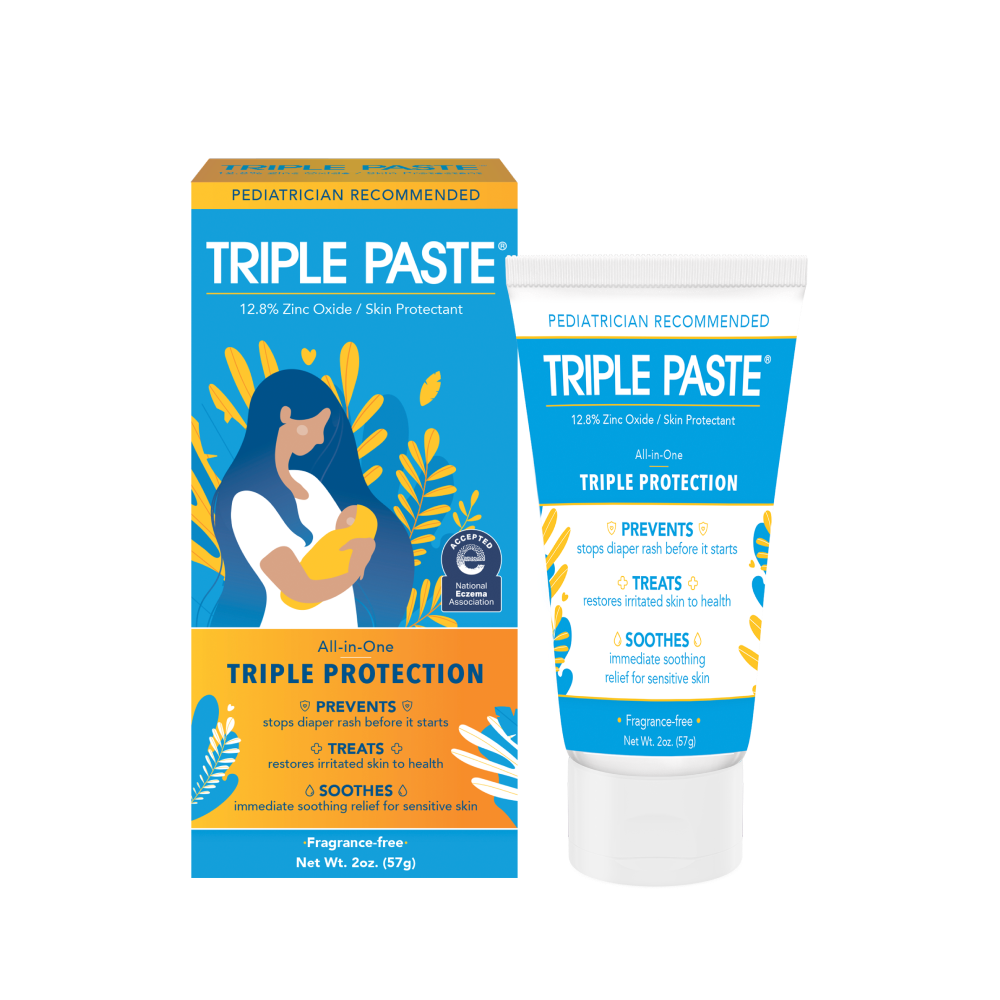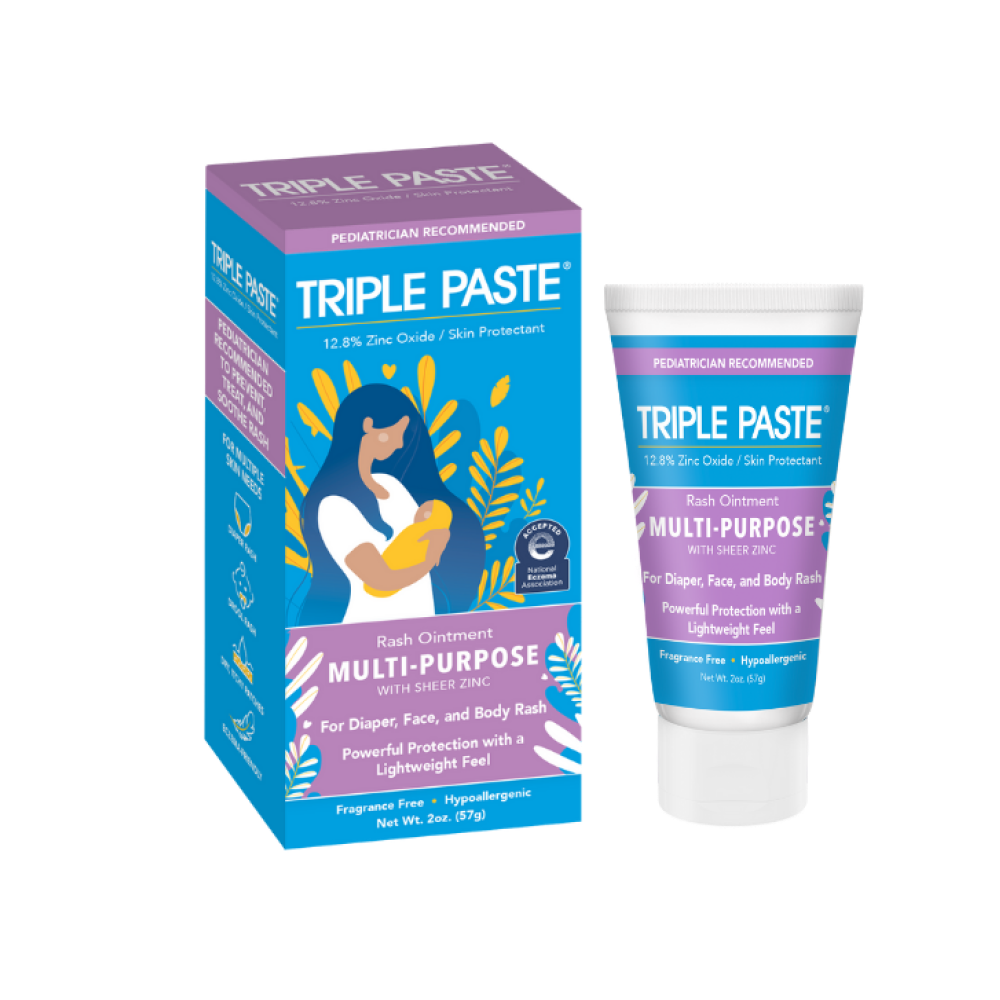The Connection Between Teething and Diaper Rash
Seeing your baby’s first tooth emerge is an exciting milestone, but with those gummy smiles often comes a less pleasant surprise: diaper rash. Understanding the connection between teething and diaper rash as a parent or caregiver can help you manage both easily, ensuring your baby stays comfortable and happy. Here are some guidelines and tips to sink your teeth into.
Understanding Teething
Teething is a crucial part of your baby’s development. Here are some common symptoms to watch for:
- Drooling — Excess drooling might be your first sign of teething. Keep your baby’s face, neck, and chest clean and dry to prevent facial rashes.
- Rash — Facial rashes from excess drooling can become raw and irritated. Keep a soft, dry cloth handy for easy wiping. Use a multi-purpose rash cream to protect the skin.
- Chewing — Your baby will likely start chewing on everything they can get their hands on. This helps relieve gum pain and itchiness. Teethers help provide counter-pressure to emerging teeth and help massage the gums.
- Gum pain — Swollen, red gums with white spots can make your baby fussy. Ease their pain with chilled teething rings or a cool, clean, damp washcloth.
- Slight fever — Inflammation in the gums can cause a slight increase in your baby’s body temperature. It’s usually not a concern. If the fever continues to rise, something else may be going on and you may want to call your pediatrician.
- Increased fussiness — Teething can be very uncomfortable for your baby, so even the calmest of babies can become irritable and fussy.
- Refusal to eat or nurse — Sore and sensitive gums can make eating or nursing uncomfortable. Try easing their pain before eating if this happens.
- Difficulty sleeping — Teething pain and irritated skin from drooling can disrupt sleep.
Preventing Diaper Rash During Teething
Teething can affect your baby’s digestive system. Increased saliva and chewing on various objects can lead to irritated digestive tracts and sometimes acidic stools, which can cause diaper rash.
Here are some tips to prevent diaper rash while your baby is teething:
- Use a thick barrier cream — Apply a generous layer of zinc oxide-based diaper rash ointment, especially if you notice frequent bowel movements.
- Keep the area clean — Gently wash irritated areas and pat dry.
- Choose the right diapers — Opt for highly absorbent diapers that fit well but aren’t too snug to avoid chafing.
- Offer teething foods — If your baby has started their solid food journey, offer chilled pureed fruits and veggies and harder foods, like teething biscuits or bell pepper slices, that can help provide counterpressure to their sore gums. Another parent favorite hack is to freeze breastmilk into popsicles and offer as a teether.
While teething and diaper rash often occur simultaneously, there could be more factors contributing to emerging diaper rash. The period when teeth begin to erupt often happens at the same time as antibodies shared through pregnancy are decreasing. During this transition, your baby may be more susceptible to illnesses and skin conditions as they create more of their own antibodies.
You don’t have to fight tooth and nail with diaper rash once you understand some of its root causes. As you and your baby tackle this challenge together, understanding the connection between teething and diaper rash and managing the symptoms of both can help your baby (and you) stay comfortable and happy as possible through it all.



